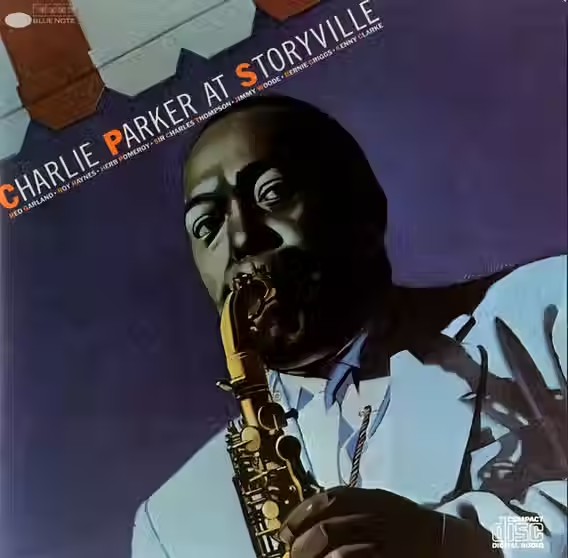Jazz directions
- Colin Fleming

- Jun 1, 2023
- 3 min read
Thursday 6/1/23
Because JazzTimes is no more, I've been working again today on a piece that was to have run with them on The Sound of Jazz, changing it for whatever ends up happening with it.
I do know that it will be in either The Root of the Chord: Writings on Jazz's Essential Power and Artistry or Play the Words: Jazz Writings. Obviously there are thousands of pages worth of jazz worth of jazz writing here, and most of it was undertaken with an eye towards these works featuring in books.
There came a point some time back--a long time ago, now--when I wouldn't pitch something if it didn't have further utility for me than a piece in a venue. That 600 word piece is mostly worth what you're paid for it, and then that ends there, save in a round-up of the collected works, which is down the line and not where things are at right now or where I'm at with that kind of piece from my sprawling body of work.
This is the reworked beginning of the piece. Very good.
***
Something I’ve always respected about wise people—which extends to three celebrated fellows on camels—is their willingness to follow a light, even if dimmed, that they believe will take them in the vital direction.
Often that light comes from within. These are individuals who both follow and lead concurrently, and understand how that may be possible. They act on faith, but a faith founded on purpose. There are no guarantees, and yet still they move forward as though not requiring any, with the knowledge that if you wait around in this life for promises to be made good, you’ll never get anywhere.
The same might be said for jazz, and also live television in the 1950s, which is why 1957’s The Sound of Jazz remains the truest to life jazz program ever broadcast in this country.
That’s where we began and end—and start again—with the finest jazz: What quantity and quality of truth does it possess?
Truth is beyond the factual, and jazz truth is the stuff of human experience and possibility. The music sounds like us at the level of our foundational selves, as if our inner essence was given external airing, voice.
Any admirer of jazz has different things that matter to them in the music, but it’s an affinity for that root component from which so much else grows that we’re most likely to have in common as a wellspring of love, if this is music that means much to us.
The Sound of Jazz was an hour-long program that aired on CBS on December 8, 1957, as an entry in The Seven Lively Arts series, whose episodes acted as primers—though with impressive thoroughness—into the likes of folk music, ballet, essay writing, and even detonation.
New York Herald-Tribune media critic John Crosby served as host, who was also a guide—the person who’d be taking viewers around whatever wing of the conceptual museum—with very real items on display—that was a particular episode’s focus.
Today, the production values—or lack thereof—of The Sound of Jazz seem minimalistic, but they’re effective. They put me in mind of that initial sound period of American cinema of the early 1930s, where we’d watch a film like, say, Dracula, with one limb in the past, and one in the present, a straddler of worlds, in the good way, like jazz itself.
Jazz was still big commercially in 1957—rock and roll hadn’t completely taken over—but also not entirely within many people’s comfort zones. It was as American as American music got—invented right here on the home turf—but foreign at the same time, regarded warily by some listeners as music for smart people, or those with musical training.
The Sound of Jazz intended to dispel those misconceptions and potentially exclusionary factors, and offer a tutorial in how jazz was really for everyone. Or, rather, anyone who ever had the blues, which is another foundational principle of jazz, in addition to a theme of the show, and an inescapable reality of being alive.




Comments